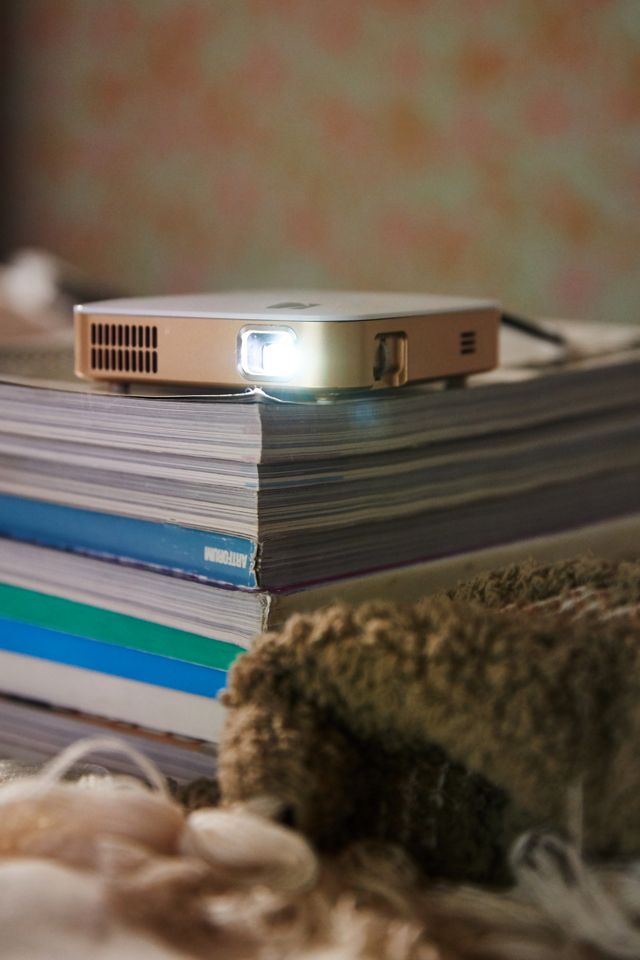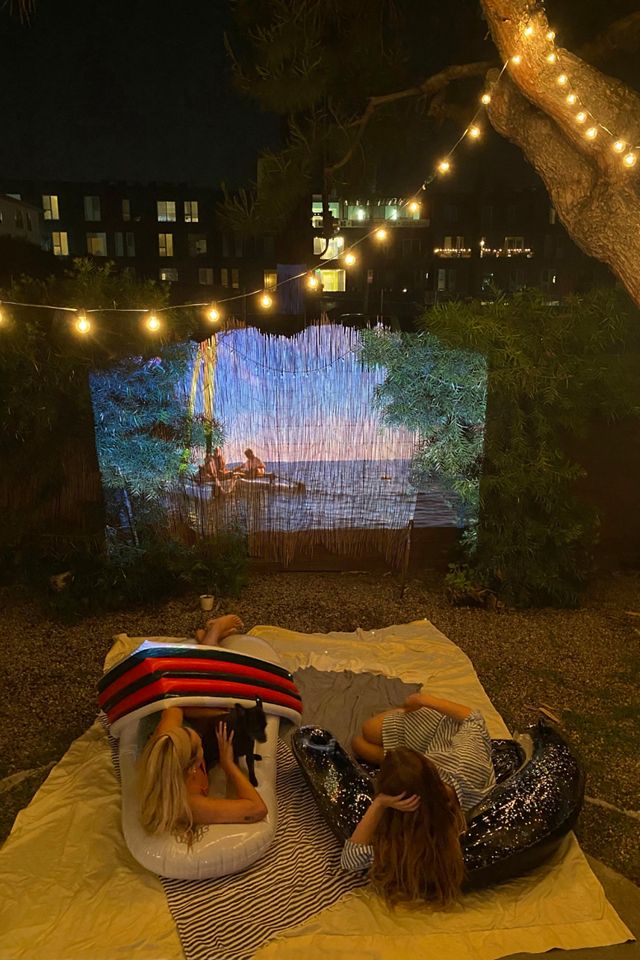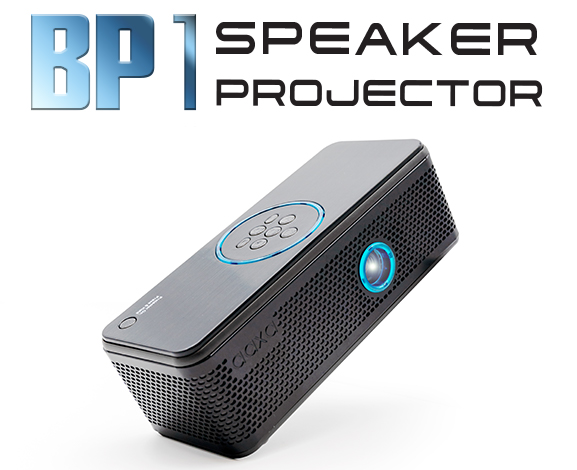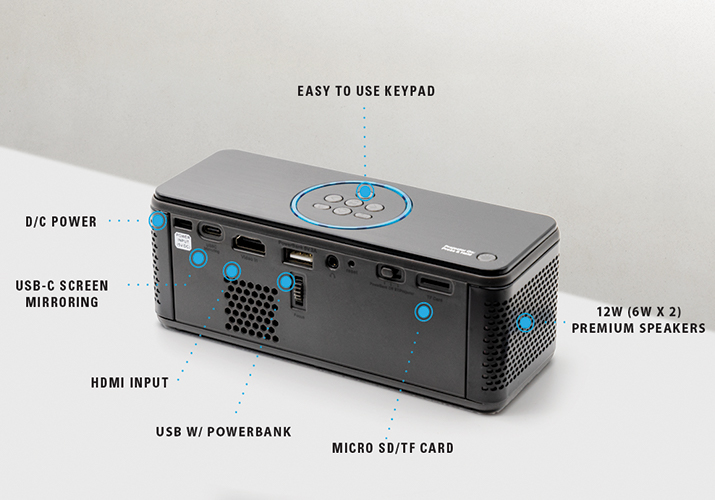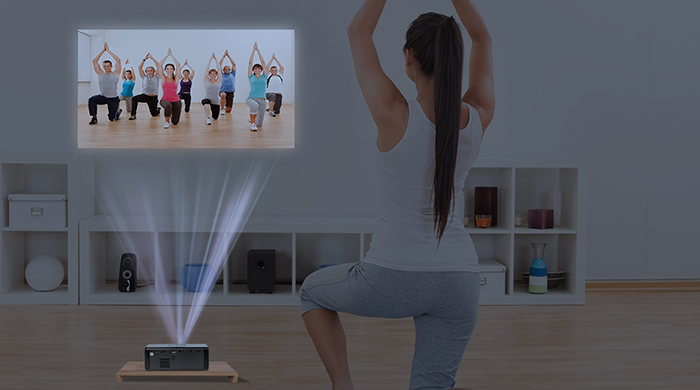There are two major types of short throw projectors – that of short throw and that of ultra short throw.
Short throw projectors are projectors that typically have a throw ratio of between 0.4 and 1.0 whereas ultra short throw typically have a projector throw ratio of between 0.15 to 0.4. They’re a little bit different in design.
What is projector throw ratio?
The projector throw ratio is the distance from the projector divided by the horizontal size of the screen. For example, if a projector is 100” from the screen and the screen size is 40” then the throw ratio of this projector is 2.5.

Separately if a projector is just 50” from the screen size is 100” then this projector has a throw ratio of 0.5 making it a short throw projector.
How is projector short throw achieved?
For short-throw projectors, the short throw project uses a lens design that allows a much larger image. This is similar to a camera’s “wide angle lens” where a short focus distance allows a larger field of view. The same is true for projectors. Generally speaking short-throw optics are more expensive to produce because the lenses need to be larger, the curvature greater, and the precision higher.

What are the benefits of a short throw lens?
A short throw lens allows the projector to be closer to the screen compared to a standard-throw projector. In other words, for a fixed distance the image is much larger on a short throw projector. This is very useful when one’s space is limited, and where one wants to avoid walking in front of the projected image – such as in a ceiling mounted classroom environment.
What are the negatives of a short throw lens?
Generally speaking, there are three downsides to a short throw projectors. One the brightness of a short throw system is typically lower than its standard throw counterpart – sometimes up to 20% less. Two the short throw lens is more expensive – adding additional cost to the entire projector. Third a short throw lens is typically larger than a standard throw lens, making the projector larger.
What is an Ultra-Short throw Projector?
An ultra short throw projector is a projector featuring a throw ratio of less than 0.40. Today current technology allows for the manufacturing of ultra-short throw projectors up to 0.15 throw ratio. Meaning one can project a 100” width (~115” screen size!) at just 15” from the screen! This is typically the throw ratio found in the latest “projection TVs”. The ultra-short-throw projector is a little bit different from the standard short throw projector as typically the ultra-short throw relies on a mirror and lens system to achieve such ultra short throws.
What are the benefits of an ultra short throw projector?
An ultra-short throw projector allows the projector to be very close to the screen compared to a standard-throw projector. In other words, one can usually mount the projector right up against the wall without fear of having the image blocked by someone walking by. Additionally with a little bit of room the projected image can become very large (dark areas needed!).
What are the negatives of an ultra-short-throw projector?
Generally speaking, there are four downsides to ultra-short throw projectors. One the brightness of an ultra-short throw system is typically lower than its standard throw counterpart – sometimes up to 35% less. Two the ultra-short throw lens sets are quite expensive – adding additional cost to the entire projector. Third an ultra-short-throw lens is typically larger than a standard throw lens, making the projector larger. Finally, an ultra-short-throw lens is very sensitive to image distortion. Care must be taken in lens-set production and lens-set installation. With bad designs sustained vibration or thermal warping can permanently distort the image as some competitors have experienced in the recent past.
